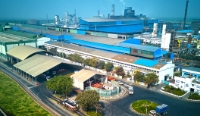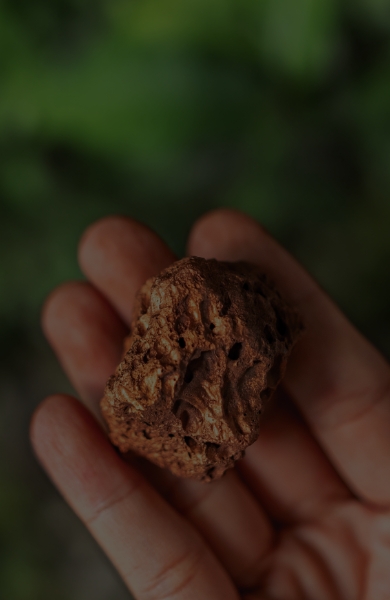Copper for a Clean, Safe,
and Sustainable Future
Copper is a highly recyclable material. Its ability to be recycled repeatedly without any loss of performance reduces the need for extracting copper from mines to the extent of causing harm to the environment. Recycling copper in responsible manner helps conserve natural resources. Apart from resource conservation, copper contributes to sustainability in several ways, such as:
Energy Efficiency
Copper is an excellent conductor of electricity. Its use in electrical systems and components improves energy efficiency by minimising energy losses during transmission and distribution. This leads to reduced energy consumption and lower greenhouse gas emissions.

Water Safety and Conservation
Copper's role in plumbing systems ensures the delivery of safe drinking water. By providing corrosion-resistant pipes and fittings, copper minimises the risk of contaminants leaching into the water supply. Additionally, copper's durability reduces the need for frequent replacements.

Reduced Microbial Transmission
Copper's antimicrobial properties and self-sanitising surface help reduce the transmission of bacteria and viruses. This can be particularly significant in healthcare facilities and other environments where controlling infections is crucial. By limiting the spread of diseases, copper promotes public health and reduces the strain on healthcare resources.

Longevity and Durability
Copper's durability ensures that products made from copper have a longer lifespan. This reduces the frequency of replacements and the associated resource consumption and waste generation. Long-lasting copper products contribute to a more sustainable approach by reducing environmental impact.

Environmental Impact Reduction
Using pure copper in electrical systems minimises the risk of fires. This reduces fire hazards, fatal accidents, and prevents the release of toxic gases.









